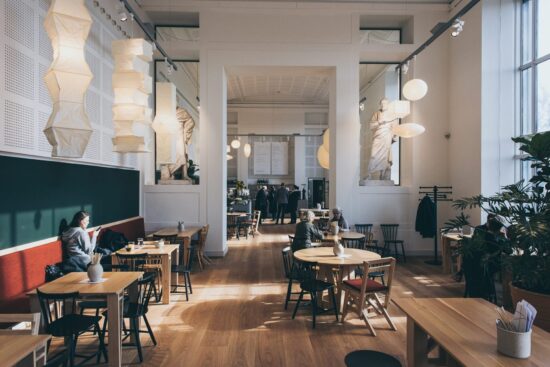National Gallery of Denmark
Natural History Museum is just a breath away from the National Gallery of Denmark aka Statens Museum for Kunst (SMK). The old museum building dates back to 1896 and was designed by the architect J. Vilhelm Dahlerup. This building reflects the exuberant joy – so typical of the period – taken in mixing several historical styles. This is most clearly evident from the richly decorated facade and the imposing entrance, which makes for a solemn transition from the outside world into the museum collections.
Until the 1960s, a huge staircase dominated the Entrance Hall. Here, museum visitors could ascend to the first floor, which was devoted to paintings. The ground floor presented the museum’s collection of plaster casts of historical sculptures. Today, this particular aspect of the museum has its exhibition venue: the Royal Cast Collection in Toldbodgade, near the Royal Palace of Amalienborg.
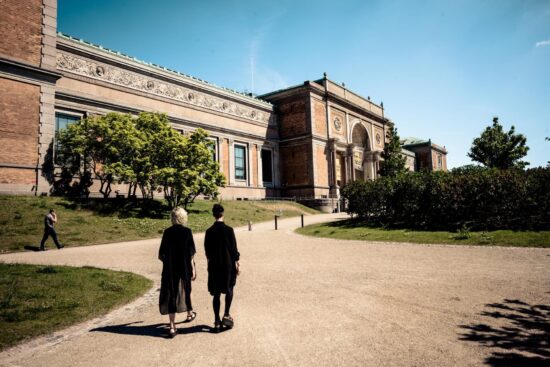
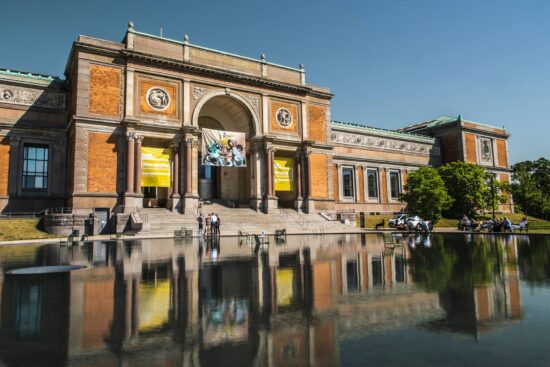
The museum was short of space from the very beginning. It was not until 1970, however, that the amount of floor space available for exhibitions increased. This was done by roofing two atrium wells in the middle of the museum. The 1998 extension has provided the museum with a significant – and much-needed – increase in the exhibition space available.
The magnificent, modernist extension building is situated in parallel with Dahlerup’s old museum, opening the house up towards the surrounding parkland. The architect Anna Maria Indrio from the major Danish firm of architects “C.F. Møllers tegnestue” created the new architecture. The two widely different buildings are separate entities, yet linked by a glass-roofed Sculpture Street, with footbridges connecting the first floors. The two buildings meet and merge in a single fluid movement while also clearly demarcating their distinct differences.

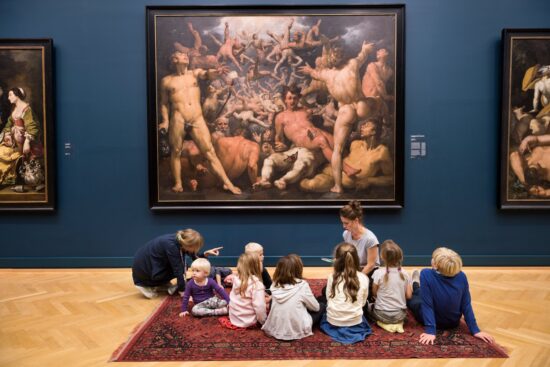
The history of the museum is inextricably bound up with the history of the art collections amassed by Danish monarchs. That is why the story of the museum does not begin with the building in Sølvgade that you visit today, but many hundreds of years earlier. Christian IV was a king full of ambitious plans, eagerly building castles and adorning buildings and cities.
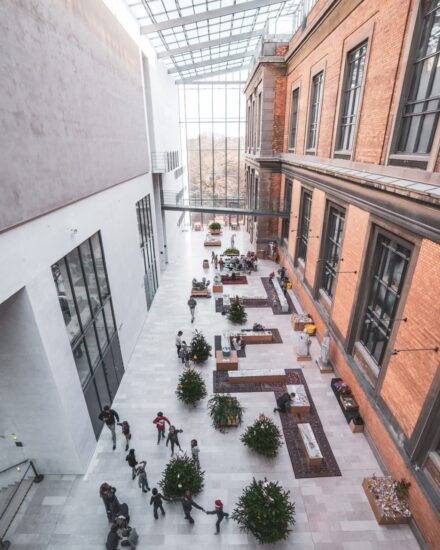
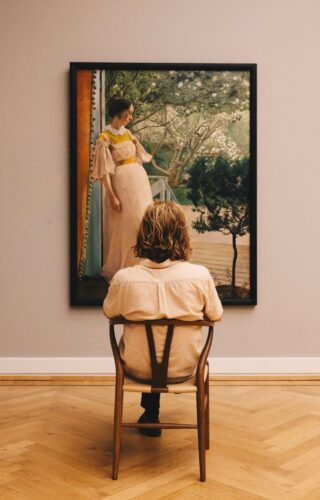
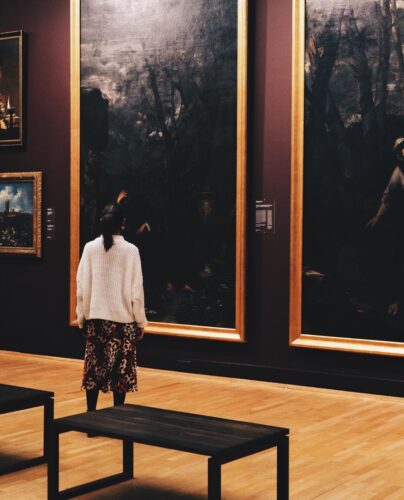

He built extensively, creating a need for pictures to decorate the many new walls and ceilings, so decorative elements were commissioned and paintings purchased, often in bulk. Bitterly, much of Christian IV’s art had to be surrendered to the Swedes as spoils of war in 1658, but much survives in Denmark today, some of it at the SMK. The works purchased by the king testify to a monarch whose interest in art was, first and foremost, motivated by impulsive desire. He was no art expert… For the rest of the story see here.
